Oct 11, 2016
How Samsung’s Galaxy Note 7 fell from ‘best device ever’: A timeline
, BNN Bloomberg
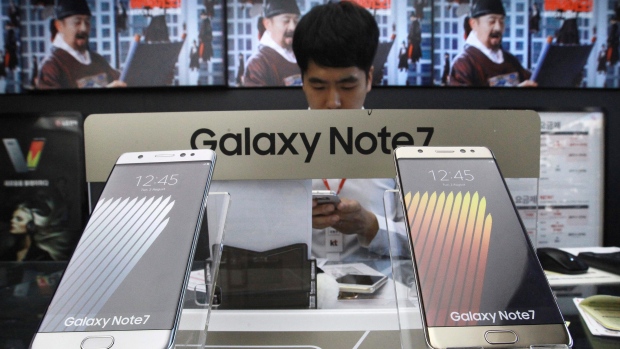
After failing to resolve safety concerns with its flagship Galaxy Note 7 smartphones, Samsung Electronics has announced that it's ending all production and sales of the device.
The decision could result in one of the costliest product safety failures in tech history, analysts say. It comes after the South Korean company first announced a recall of 2.5 million Note 7s in early September, prompted by reports of the Note 7s catching fire.
Samsung's decision to scrap the Note 7 -- which received rave reviews by many tech writers at the time of its launch -- follows fresh reports of fires involving replacement devices for its recalled models.
Here's a look back at key moments in Samsung's rollout of the Galaxy Note 7:
Aug. 2, 2016: At a New York media event, Samsung unveils the Galaxy Note 7, its latest stylus-equipped smartphone with an iris scanner, USB Type-C charging and water-resistance.
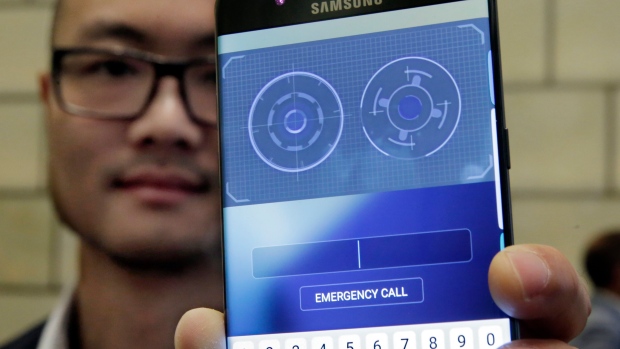
Aug. 19, 2016: The Galaxy Note 7 is officially released and receives rave reviews. "The Note 7 is Samsung’s best device ever, and arguably the best big phone ever made. If that’s all you’re looking to know, then you can stop reading right now and go place your order," a review on technology blog The Verge said, before the recalls over safety concerns surfaced.

The Galaxy Note 7 was called "Samsung's best device ever" by tech reviewers. (AP Photo/Richard Drew)
Aug. 31, 2016: Samsung announces that shipments of the Galaxy Note 7 will be delayed, due to quality testing. The company did not elaborate on what it was testing or which markets would experience delays.
Sept. 2, 2016: Samsung issues a worldwide recall of 2.5 million Galaxy Note 7 phones, vowing to replace the devices' fire-prone batteries. The recalls followed reports of the premium device igniting while charging. "I can't comment on exactly how much the cost will be, but it pains my heart that it will be such a big number," Koh Dong-jin, president of Samsung Electronics' mobile business, said at the time.
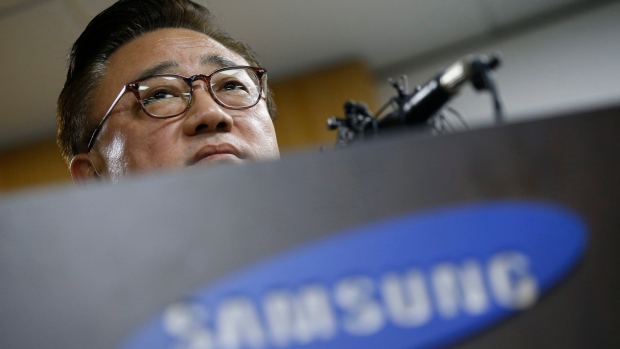
Sept. 9, 2016: The U.S. Federal Aviation Administration orders airline passengers to not turn on or charge their Samsung Galaxy Note 7 smartphones during flights or stow them in checked baggage due to concerns over the phone's fire-prone batteries.
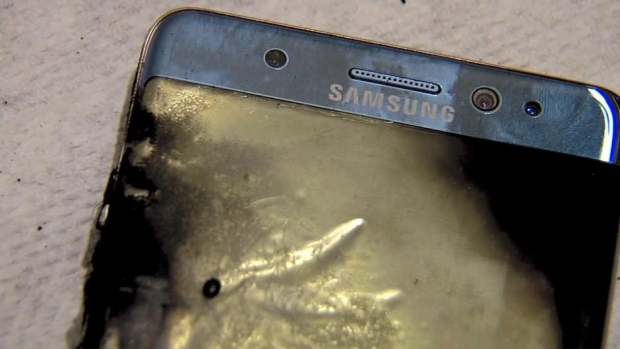
Sept. 22, 2016: South Korea orders Samsung to take additional measures - including x-ray tests - to ensure that batteries used in Galaxy Note 7 handsets are safe, ahead of restarting sales in the country.
Sept. 29, 2016: Samsung says more than 1 million users are now using Note 7 phones with a replaced, safe battery.
Oct. 6, 2016: A replacement model of the fire-prone Samsung Note 7 smartphone begins smoking inside a U.S. plane.
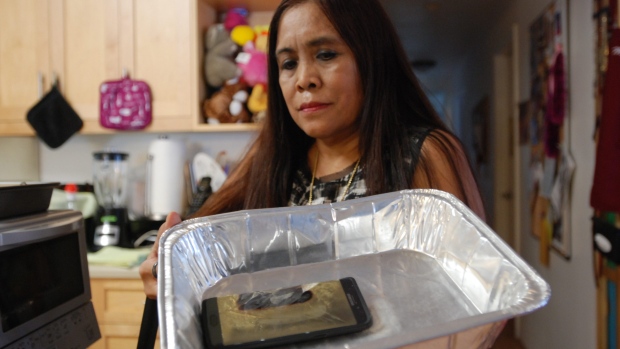
Oct. 11, 2016: Samsung pulls the plug on its flagship Galaxy Note 7 phone. The South Korean company's shares closed down 8 per cent, its biggest daily percentage decline since 2008. The stock's fall wiped nearly US$20 billion off the company's market value.
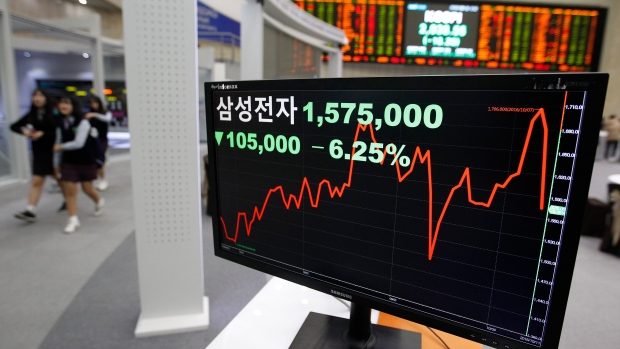
With files from Reuters








